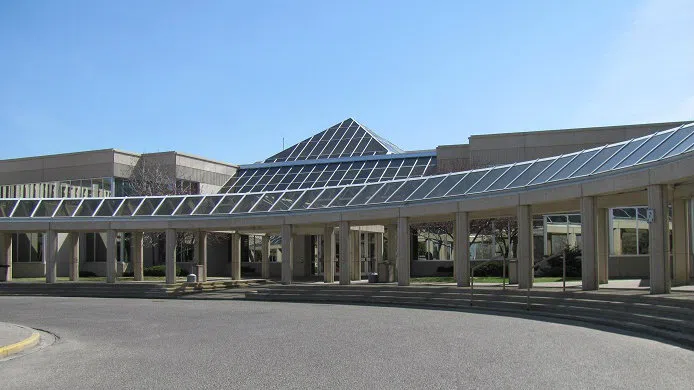
Simulated emergency grows in size, opportunity for Lethbridge College students
LETHBRIDGE – When an emergency call comes in, police and emergency medical technicians spring into action and word soon spreads to media who also race to the scene.
Before too long, nurses get involved as victims arrive at the hospital, this is a real-life scenario that plays out across the world countless times each day.
Lethbridge College students will get a feel for this action as they take part in an annual Simulated Learning Incident for Collaboration and Knowledge (SLICK) emergency exercise today (Mar. 24).
Simulated Patient Health Environment for Research and Education (SPHERE) chair, Sheri Wright, says realistic simulations for students are crucial to help bridge the gap between theory and practice.


